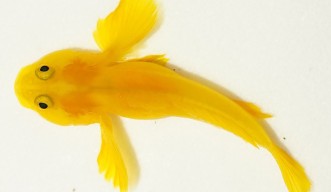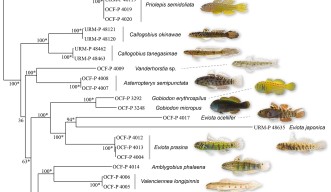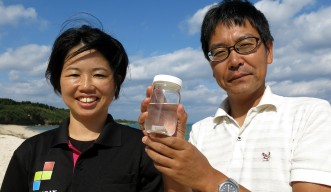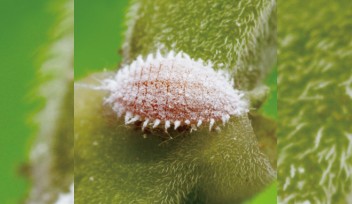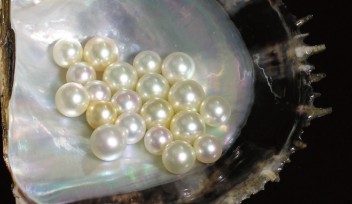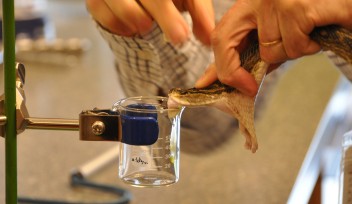First Sighting of Larsonella Pumilus Fish in Japan
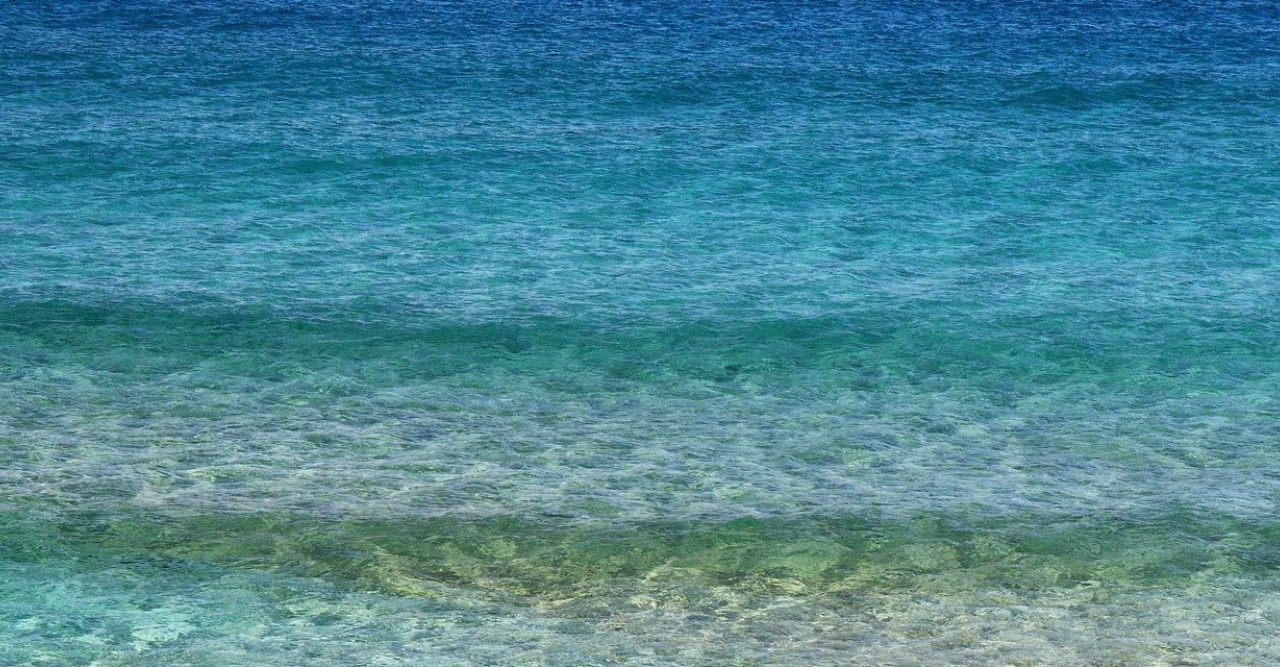
During a 2017 survey of deep-sea fauna off the coast of Seragaki in Onna Village, Okinawa, researchers found something unexpected: a small fish with a vibrant yellow body. Using a remotely operated vehicle, the animal was retrieved 214 meters beneath the surface of the East China Sea. It was later identified as Larsonella pumilus.
This species of goby hadn’t yet been documented in Japan, nor had it been found at such great depths. The species was given a new Japanese name, “Yuuna-haze,” due to its distinctive color. Yuuna (Hibiscus tiliaceus) is an abundant flower in Okinawa, and a symbol of Onna Village.
The finding and subsequent morphological and phylogenetic analysis of Larsonella pumilus represents a collaborative effort between the Okinawa Churashima Foundation Research Center, the Okinawa Churaumi Aquarium, and researchers in the Marine Genomics Unit at the Okinawa Institute of Science and Technology Graduate University (OIST). The results of their findings are published in Zootaxa.
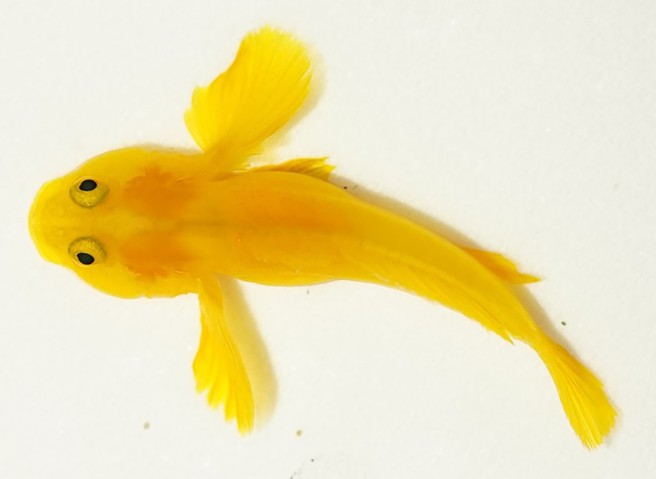
“The goby is a diverse taxon, containing more than 2000 known species, most of which inhabit shallow seas, streams, rivers, and lakes – not the deep sea,” said Dr. Ken Maeda, a staff scientist at OIST and a co-author of the new study. “In fact, deep-sea gobies are difficult to find, and not much information is known about them.”
Phylogenetic placement and habitat of Larsonella pumilus
The Okinawan Larsonella specimen perished three months after it was collected. Maeda and his collaborators preserved a piece of muscle in ethanol for genetic analysis, then sequenced the species’ mitochondrial genome.
Upon studying the phylogenetic placement of the Larsonella genus, the scientists found that it was closely related to the Priolepis group – another genus in the goby taxon. The phylogenetic study also suggested that Priolepis is a more complex group than scientists previously thought.
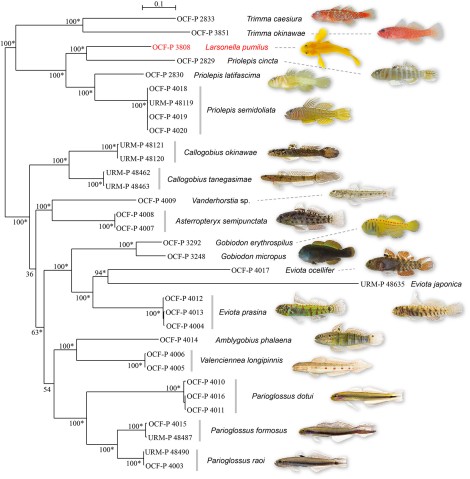
Before it was found in Okinawa, reports of Larsonella pumilus emerged in Somalia, the Seychelles, in the Indian Ocean near Western Australia, in the western Central Pacific, and in Tonga and New Caledonia in the South Pacific. These fish were collected at depths ranging from 30-69 meters. The Larsonella pumilis found in Okinawa at 214 meters was the seventh reported finding of the species, and the deepest yet.
“Larsonella has been thought to be very rare, but now we think it’s possible that the main habitat of this goby is deeper than we thought,” said Maeda. “Prior morphological information about Larsonella was based solely on a single specimen collected off the coast of Somalia. This new Okinawan specimen will be valuable for future taxonomic research on this group.”
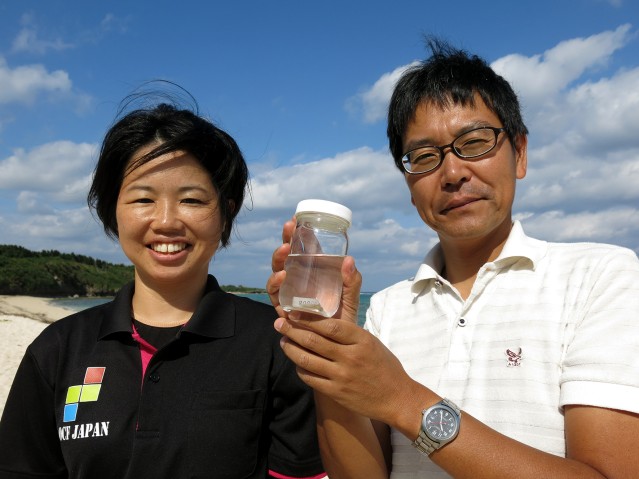
Specialties
Research Unit
For press enquiries:
Press Inquiry Form










